Fox News Flash top entertainment headlines for April 9
Fox News Flash top entertainment and celebrity headlines are here. Check out what's clicking today in entertainment.
EXCLUSIVE: Karen Fraser had no idea what was going on when police arrived at her home and said she had five minutes to leave.
"Half of me was backing away and staring in horror," she told Fox News. "The other half was trying to think clearly. They didn’t have a search warrant and I was fully aware of it. I really didn’t have to pay any attention to them if I didn’t want to."
"But when the officer said a serious crime had been committed and Bruce McArthur had been arrested, I then knew it was serious," she continued. "The officer was clearly upset so something big was happening. That was the first of many decisions, to have faith in the system. So we cooperated and left."
In 2018, McArthur was accused of sexually assaulting, killing and dismembering men he met in Toronto’s Gay Village district.

Canadian serial killer Bruce McArthur is the subject of a new true-crime documentary on Oxygen. (Oxygen)
His case is the subject of a new true-crime documentary titled "Catching a Serial Killer: Bruce McArthur," part of Oxygen channel’s "Serial Killer Week." It features interviews with investigators, as well as Fraser.
At the time of the arrest, the 69-year-old was storing his landscaping equipment at Fraser’s home in exchange for mowing her lawn and taking care of the yard. Fraser was horrified to learn that the quiet, mild-mannered family man, landscaper and mall Santa was responsible for such heinous crimes.
"Someone is innocent until proven guilty," she explained. "Just because the police believed he was guilty, didn’t make him guilty. I defended him for a while. That’s when the detective just said to me one night, ‘Karen, don’t waste your sympathy on that man. We’ve never had as much evidence against someone as we have against him. Don’t waste your good feelings on that man.’ And that was it."
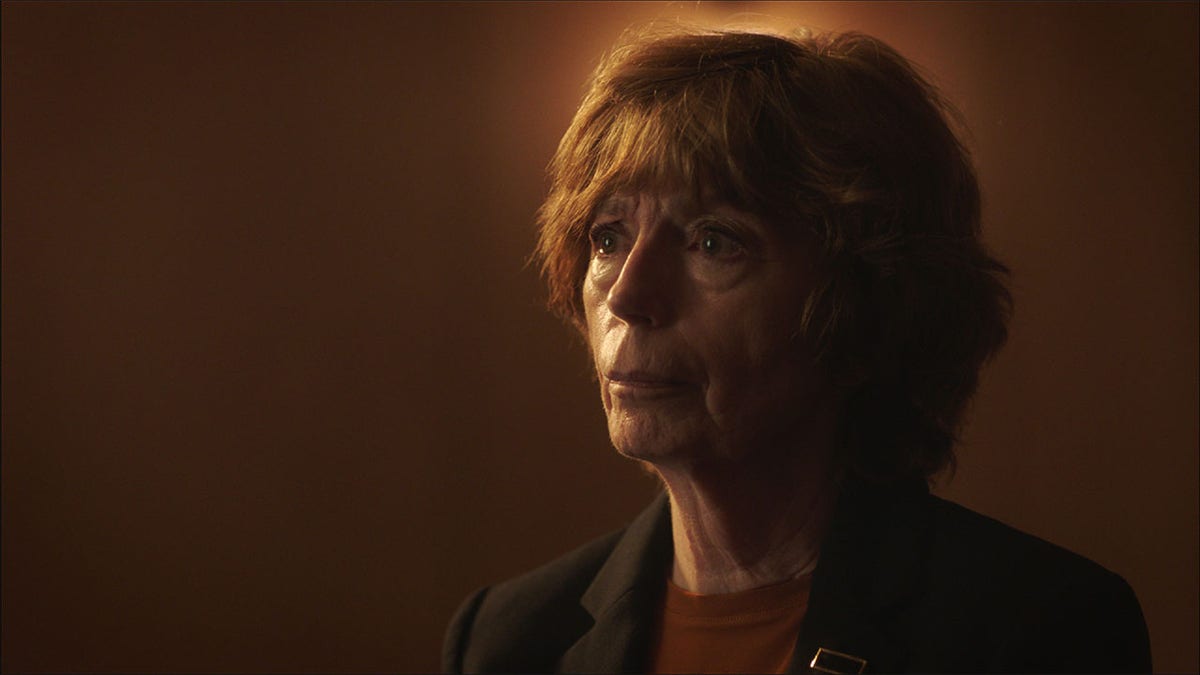
Karen Fraser spoke out about Canadian serial killer Bruce McArthur in a new true-crime documentary on Oxygen. (Oxygen)
Fraser met McArthur over a decade ago through his sister, whom she befriended. At the time, McArthur had just launched a landscaping company and needed a place to keep his equipment. Fraser, who has a double garage, decided to make an arrangement with him in exchange for freshly cut grass.
"I thought I had made the best deal ever," she admitted. "He was very efficient and liked his job. He was very talented at it. He was very pleasant and spoke about his children fondly. He was also an excellent grandfather. He was just a nice man who seemed very happy with the choices he made in life."
At one point, Fraser said there were rumors of gay men disappearing from the Village. She even saw flyers posted up of missing men. However, she never suspected McArthur could possibly be involved.
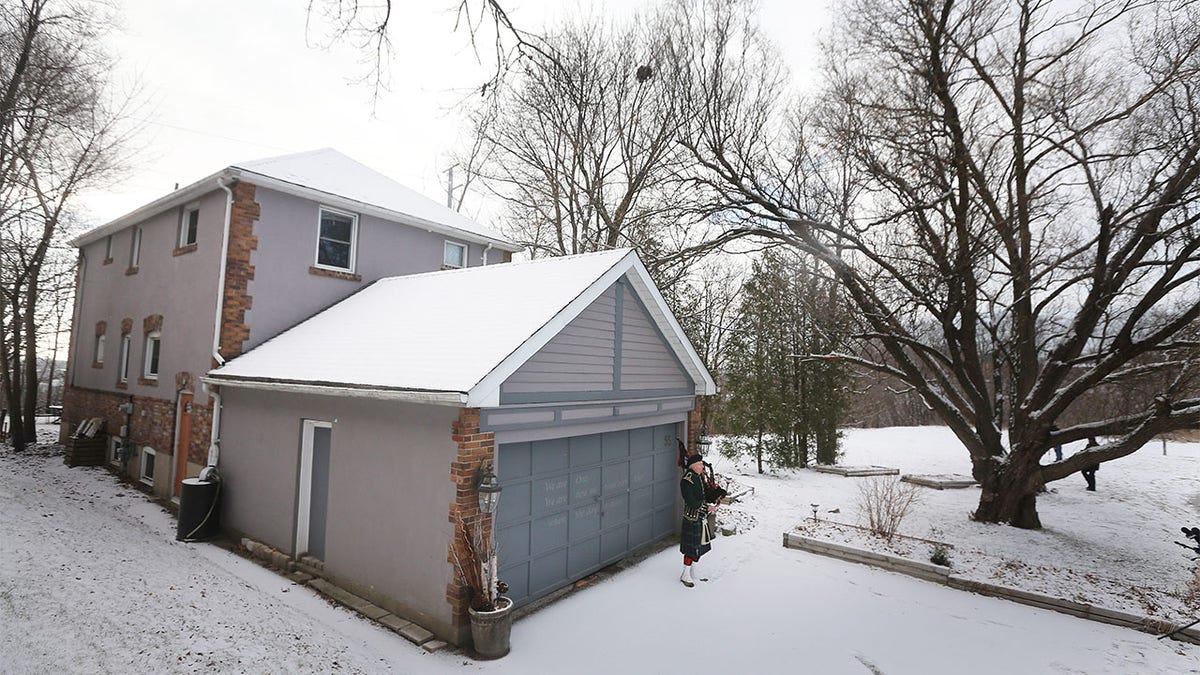
Bagpiper Bob Stobie plays a lament for Bruce McArthur's victims at 53 Mallory Cresent where many of his victims were found. (Steve Russell/Toronto Star via Getty Images)
"I never once saw him lose his temper with anyone," she said. "He was considerate, generous and cheerful."
She recalled meeting Skandaraj Navaratnam, a 40-year-old who moved to Canada from Sri Lanka in the ‘90s as a refugee.
"Bruce always had people helping him," she said. "So I didn’t think much of it. But I remember Skandaraj being very charming. He attracted your attention right away. Fabulous smile. He was well dressed and always laughing. I never saw him again."
Navaratnam disappeared in September 2010, the BBC reported.
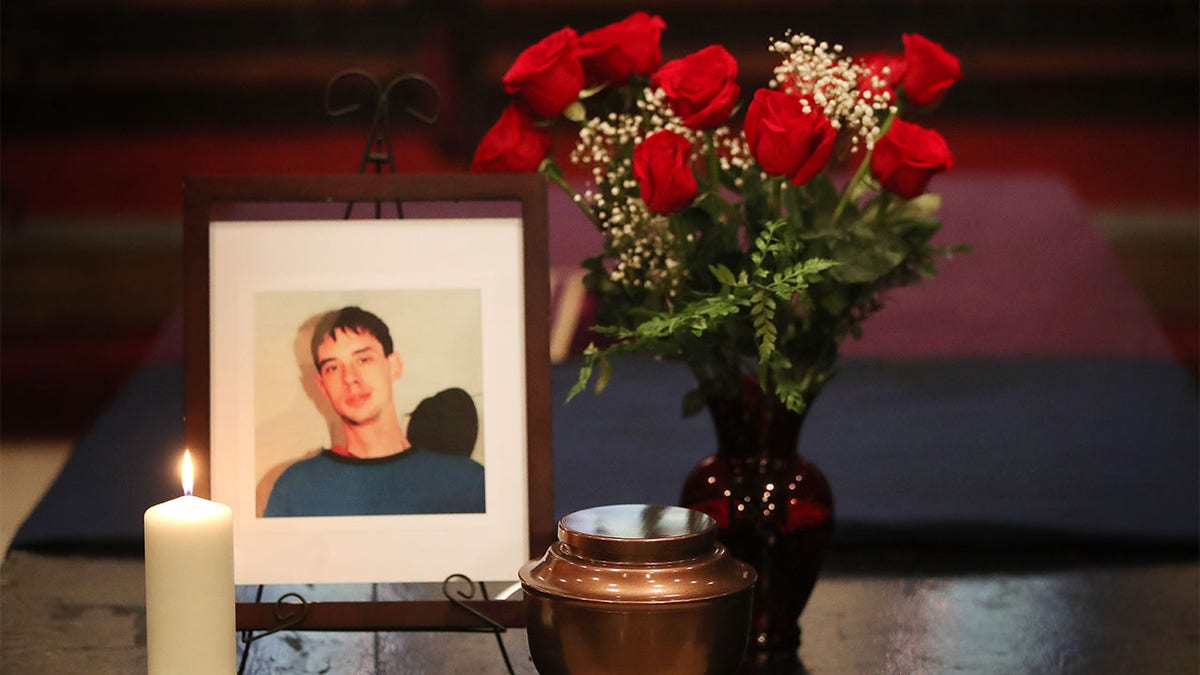
An urn containing the remains of Dean Lisowick sits on the altar. His funeral was held at the Chapel of St. James-the-Less in Toronto. November 2, 2018. (Steve Russell/Toronto Star via Getty Images)
Fraser also remembered encountering Majeed Kayhan. According to the BBC, the 58-year-old was an Afghan immigrant who had a wife and children, but also frequented the Village and kept an apartment in the area.
"I felt really sorry for him," she said. "He was trying to work but he was poorly dressed. My impression was that he never touched a shovel before in his life. He clearly didn’t want to do it. I remember Bruce was just annoyed with him. About three weeks later, I emailed Bruce and asked if he kept his job. I never got a response."
Kayhan’s son reported him missing in the fall of 2012, the BBC noted.
Fraser would later learn that the men were two of eight victims McArthur killed. The remains of seven men were found in large planters at her home. The remains of the eighth man were found in a ravine behind the same property.
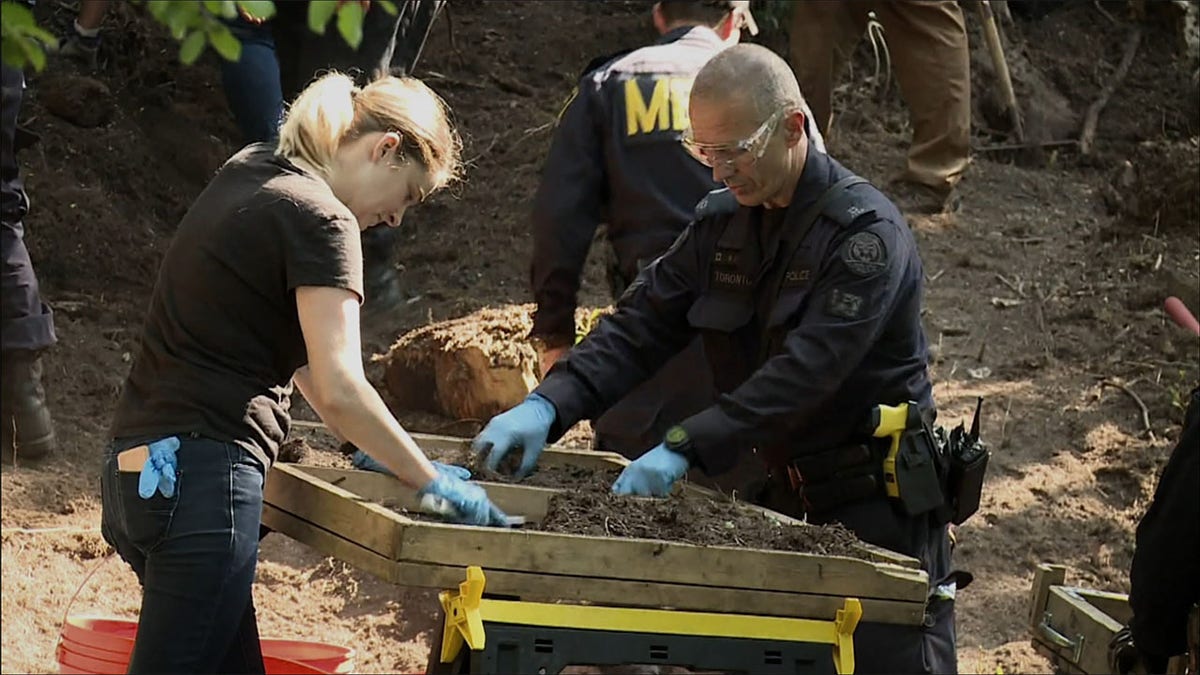
Investigators sift through compost looking for human remains in the back area of 53 Mallory Crescent in Toronto, July 5, 2018. The property is linked to the Bruce McArthur murder investigation. (Oxygen)
"Majeed was found about five feet from where I had seen him leaning on the shovel," said Fraser.
Fraser noted the discovery of the body parts haunted her.
"On a hot day, if we saw the flowers drooping a bit, my partner and I would water them," she said. "So we were watering the planters where the victims were buried. I can’t give you words to describe how incredibly horrible that was. And cruel. It’s just every negative word you can come up with. Sometimes your mind just gets overwhelmed by it all."
"But] we lived about a six-minute drive from Bruce's apartment," she continued. "We were convenient. He had other clients nearby, but our property is on the edge of the Valley. It’s very quiet and he could do whatever he wanted to. And most of the time, no one would notice. So it was the perfect setup for him. I guess he was very careful and meticulous."
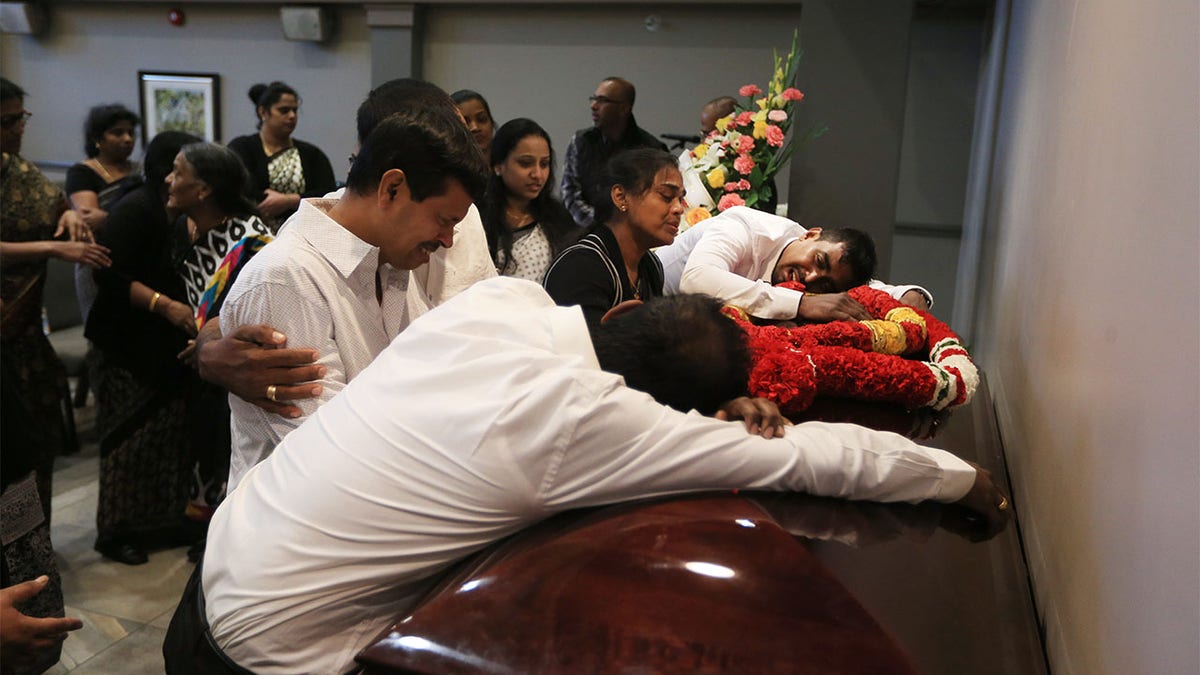
Family of Kirushnakumar Kanagaratnam cry beside his coffin. Kanagarathnam. Bruce McArthur was charged with first-degree murder in his death. (Rene Johnston/Toronto Star/Getty Images)
In 2019, McArthur pleaded guilty to eight counts of first-degree murder. Prosecutor Michael Cantlon said the cases ranging from 2010 to 2017 involved sexual assault or forcible confinement. Several of the victims were apparently strangled.
Most of the victims were of Middle Eastern or South Asian descent and lived on the margins of Canadian society. Their disappearances originally attracted little attention.
Members of the LGBTQ community long voiced concerns about a serial killer and pushed for answers in light of the disappearances. An initial police task force in 2012 didn’t lead to an arrest.
JONBENET RAMSEY’S HALF BROTHER STILL WANTS TO FIND HER KILLER: ‘THIS CASE CAN BE SOLVED’

Toronto Mayor John Tory (left) took part in an anointing ceremony at The Metropolitan Community Church, which held a candlelight prayer vigil for the victims of serial killer Bruce McArthur. February 4, 2018. (Bernard Weil/Toronto Star via Getty Images)
It wouldn’t be until the 2017 disappearance of Andrew Kinsman, a 49-year-old LGBTQ activist and former bartender, that instantly drew attention. He had many friends and they noticed quickly that he vanished. So did the police.
Kinsman was last seen on a surveillance video getting into McArthur’s van. His DNA was later found inside, as was the ligature that was reportedly used to strangle him.
McArthur has since been charged in the deaths of Kinsman, Kayhan, Navaratnam, as well as Dean Lisowick, Soroush Mahmudi, Abdulbasir Faizi Kirushna Kanagaratnam and Selim Esen.
He was sentenced to life in prison.
CLICK HERE TO GET THE FOX NEWS APP
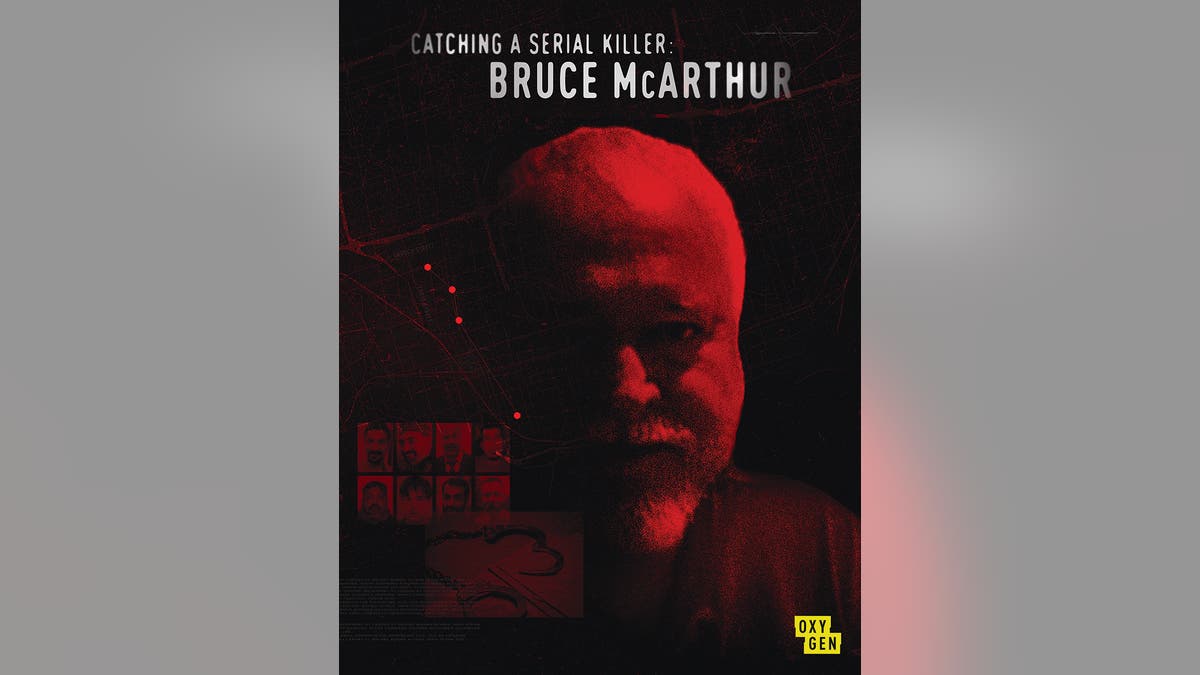
'Catching a Serial Killer: Bruce McArthur' is a two-hour special premiere. (Oxygen)
Fraser hopes that the documentary will warn viewers to be aware of their surroundings and the people they meet.
"We need to be aware of one another," she said. "This was a terrible thing for so many people. One of the police said to me that he had never seen a case that went out so far, becoming a ripple effect that has hurt so many people."
The Associated Press contributed to this report.







